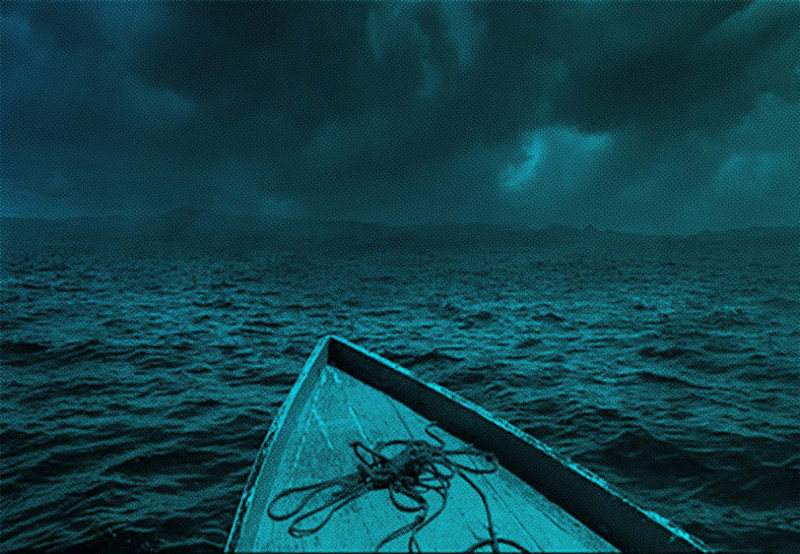With the help of researchers in the United States, Russia, France, Germany, The Netherlands, the U.K. and Spain, the exhibition Alderney: The Holocaust on British Soil presents works of art which are informed by new information and little known sites on the Island. These include an inscription in wet cement made by a slave labourer, a photograph of a 23 year old Russian pilot who died on Alderney and a forensic analysis of an execution wall. Many of the stories come to life through prints produced with an ink made from burned cordite, removed from German artillery, abandoned on Alderney after the war. Each group of prints contains a QR code printed within the artwork, enabling visitors to hear the story of each work, in Piers’ own words (please click on the image and select the QR code from the right hand tab to scan; or click on the links in the image descriptions).
Perhaps most importantly, Piers’ reconnects the names of forced and slave labourers who were deported to Alderney, with their untold stories, creating an emotional bridge to long lost and otherwise anonymous victims. In this way, the research and findings demonstrate how much information about the U.K.’s experience of the Holocaust is still waiting to be found, understood and discussed.
Piers Secunda was born in London in 1976 and studied painting at Chelsea College of Art. Since the late nineties Piers has developed a studio practice using paint in a sculptural manner, rejecting the limitations traditionally imposed by the canvas. Piers’ studio practice is heavily research-based and has focused for fifteen years on the destruction of culture, through relief paintings, drawings and prints.
Since 2019 Secunda has been researching the British Channel Island of Alderney, which was the location of the only German Concentration camp on British soil, during WWII. Thousands of forced and slave labourers from Russia, Poland, Belarus, Ukraine and North Africa amond others, were brought to the island under the Nazi regime, to build over one hundred and fifty concrete bunkers and gun emplacements. There is no accurate figure of the number that perished. In 1943, with the arrival of a contingent of SS to the Island, Sylt became a concentration camp.


